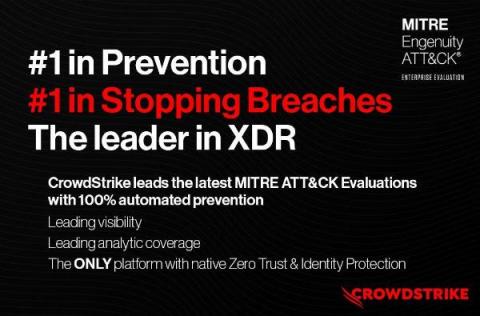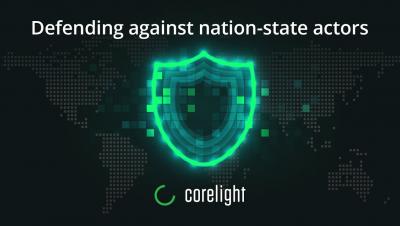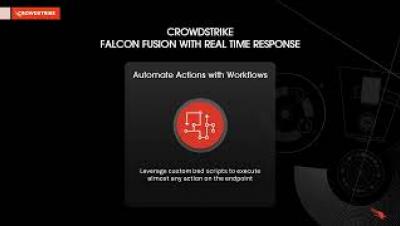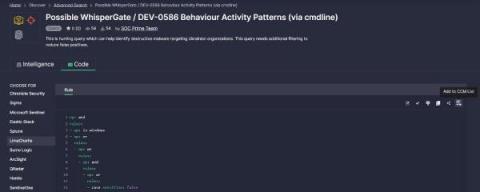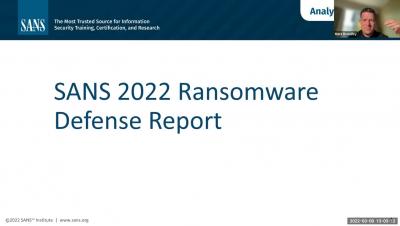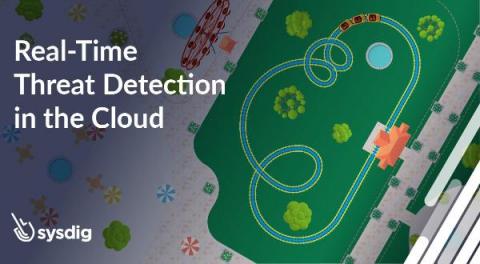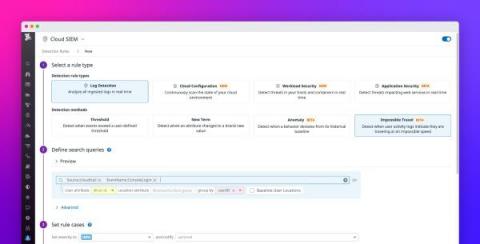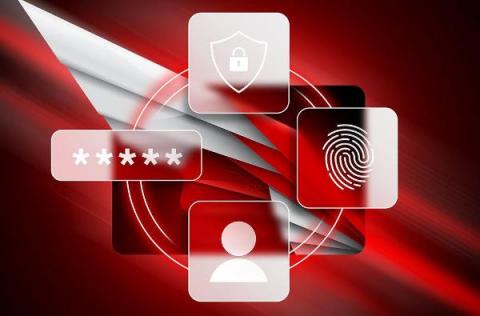CrowdStrike Achieves 100% Prevention in Recent MITRE Engenuity ATT&CK Evaluation Emulating Russia-based Threat Groups
At CrowdStrike, we believe that rigorous, independent testing is a vital part of the security ecosystem. It provides customers with transparency and insight into the critical capabilities required to stop today’s sophisticated threats. That’s why I’m excited to share the results of Round 4 of the MITRE Engenuity ATT&CK Enterprise Evaluation: The CrowdStrike Falcon platform stops breaches with 100% prevention, comprehensive visibility and actionable alerts.


